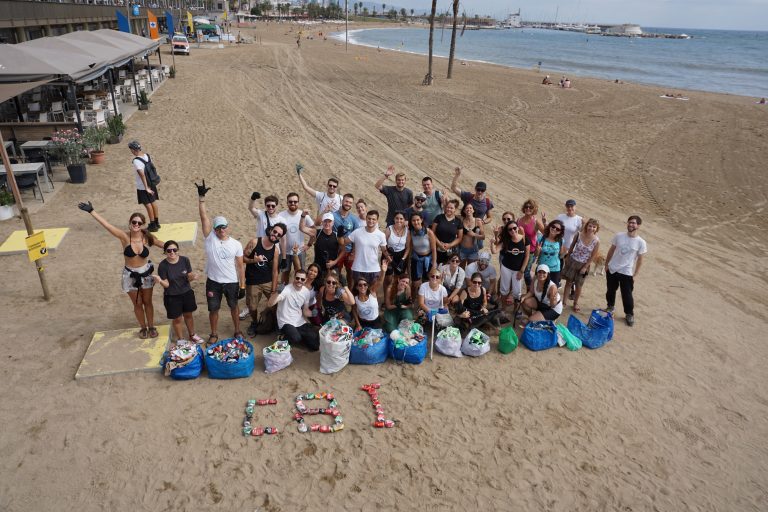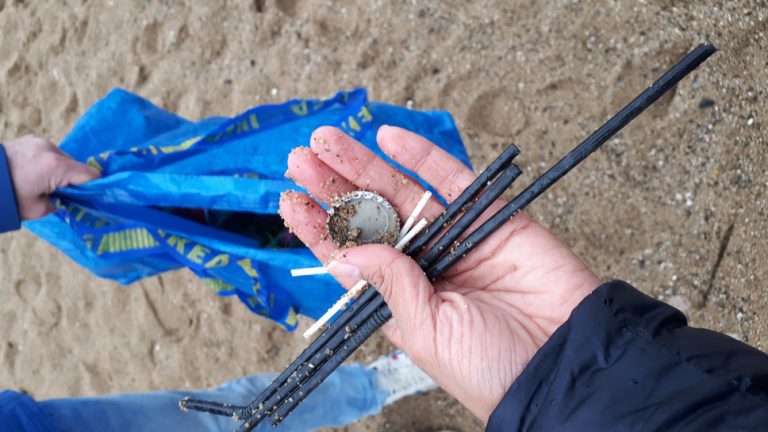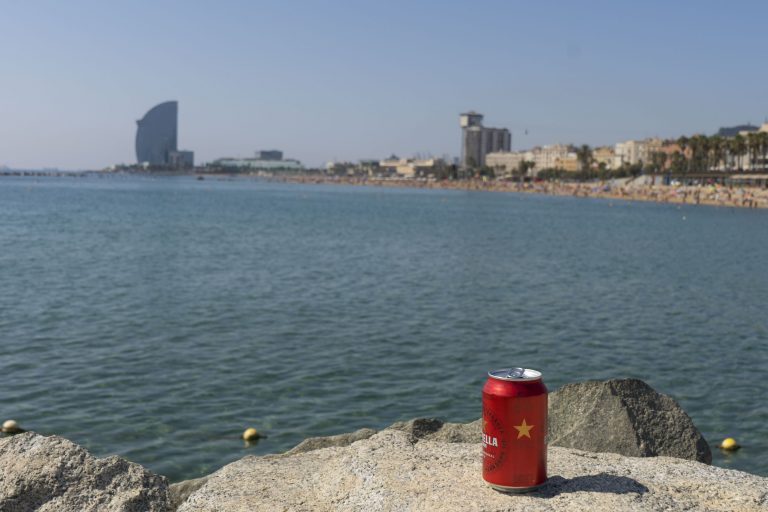Now, when we say fishing equipment, we do not mean the fishing industry in general. That is a whole other kettle of fish! We are talking about discarded or broken fishing lines that are left on the beach from beach fishing.
For those of you who don’t know much about fishing lines, the most popular line is made of monofilament, which is a strong and flexible plastic. It’s estimated that the monolinement takes up to 500-600 years to biodegrade. This beach villain has a similar history to Slipknot – no, not the rock band – we are talking about the notorious felon from the suicide squad. The villain’s background is that he used to work for a chemical company, and invented a powerful adhesive used to produce a durable rope. Hmmm, where have we heard this before?

Hook, line and sinker
One of the most dangerous features of fishing lines is that they entangle wildlife in the sea. Sea creatures, fish and birds can get trapped underwater and drown, or become entangled in the lines, making it hard for them to find food and in these cases starve to death. If the hook is still attached to the line, then it can get mistaken for food and get swallowed. What is more, the lines get trapped around the vegetation in the sea, such as coral, having a devastating effect on their ecosystems. Back to our super villain, Slipknot uses his super strong rope to catch and trap his victims, which often leads to choking. Maybe he is the one lassoing the fishing lines around the wildlife!
Where do we draw the line / take the line of least resistance?
Fishing lines are often found displaced on the rocks, and sometimes get washed up on the beaches in the winter months. Yes it is true, we are not just fair weather cleaners! We are helping through all the elements – but we do prefer when we can see the blue of the sky.
At the end of the clean ups, when we find the fishing lines we are like a clown pulling out a long line of scarves. It is never ending! The lines are colourless making them invisible for their impending prey and also us the volunteers, who often get ourselves muddled in them too! Slipknot is a trained assassin, who comes out of nowhere to trap his victims. We wonder whether his rope is also colourless! It takes time to unravel it from other rubbish, but once it is, it can be responsibly recycled into the yellow recycling bin.
Sources:
We are believers of True News, and document where all our information comes from. We feel it is important to recognise those that have given us the knowledge to pass on to our readers – we know we have to, but we would do it all the same!
You can fact check our information below and/or do further reading on what we have discussed:
Fishing lines:
https://en.wikipedia.org/wiki/Fishing_line
https://wdfw.wa.gov/fishing/monofilament-recovery
http://www.longwood.edu/cleanva/MarineDebrisInfo1.html
https://www.wildlifevictoria.org.au/images/fact-sheets/9%20-%20Rubbish%20Entanglement.pdf
Slipknot:
Positive:



